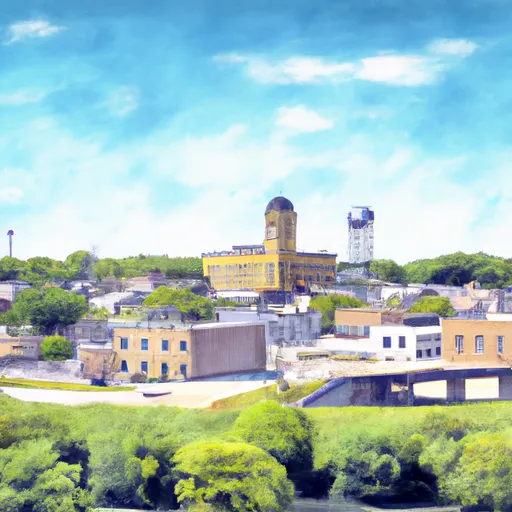°F
°F
mph
Windspeed
%
Humidity











Keokuk, Iowa, located in the southeastern part of the state, experiences a humid continental climate. Summers are warm and humid, with average temperatures ranging from the high 80s to low 90s Fahrenheit. Winters are cold, with average temperatures in the 20s and occasional snowfall. Spring and autumn are mild, making these seasons ideal for outdoor activities.
Keokuk is situated on the Mississippi River, offering various hydrology constituents. The river provides opportunities for boating, fishing, and other water sports. The Lock and Dam Number 19, located in Keokuk, serves as a popular destination for tourists and locals alike, providing opportunities for sightseeing and observing the movement of ships.
Outdoor recreation enthusiasts can explore the nearby Lacey-Keosauqua State Park, encompassing over 1,600 acres of natural beauty. The park offers hiking trails, camping facilities, fishing spots, and picnic areas. Additionally, the Geode State Park, located south of Keokuk, is renowned for its geode hunting opportunities, where visitors can find beautiful quartz crystals inside rocks.
In conclusion, Keokuk, Iowa's climate features warm and humid summers, cold winters, and mild spring and autumn seasons. Located on the Mississippi River, it provides various hydrology constituents, and the surrounding area offers numerous outdoor recreation opportunities, including boating, fishing, hiking, camping, and geode hunting.
Weather Forecast
Keokuk receives approximately 967mm of rain per year, with humidity levels near 83% and air temperatures averaging around 12°C. Keokuk has a plant hardyness factor of 5, meaning plants and agriculture in this region thrive during a short period during spring and early summer. Most plants will die off during the colder winter months.
Regional Streamflow Levels
48,600
Cubic Feet Per Second
3,010
Cubic Feet Per Second
1,730
Cubic Feet Per Second
749
Cubic Feet Per Second
Nearby Camping
| Camping Area | Reservations | Toilets | Showers |
|---|---|---|---|
| Notrebes Bend | |||
| Merrisach Lake Park - Merrisach Lake | |||
| Wilbur D Mills | |||
| Lake Chicot State Park | |||
| Lake Bruin State Park | |||
| Natchez State Park |



